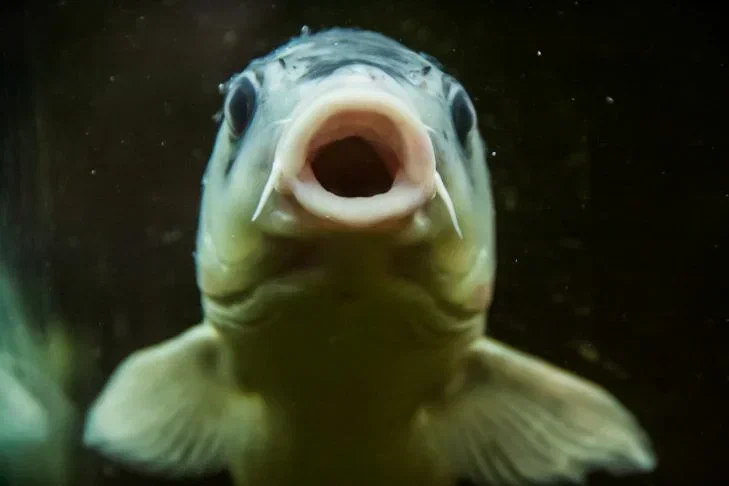Any fish is healthy, but how healthy it is depends on what it eats.
Predatory fish, particularly freshwater fish, eat their own kind and contain heavy metals in their meat, which are of little use to the human body.
But at the same time, it is the meat of predatory species that contains a large amount of fat. Artificially grown fish is less useful than that grown in natural conditions.
So which fish is the healthiest?
The first thing to remember is that the most useful substances are found in unfrozen fish.
Almost all effective diets recommend eating fish several times a week, so if you want to lose weight in a healthy way, choose fresh seafood and steam it.

Types of fish
1. Salmon (pink salmon, salmon, chum salmon and trout). By regularly eating salmon, you will slow down the aging process in the body, prevent the cardiovascular system and atherosclerosis.
However, remember that the valuable substances in salmon are destroyed during heat treatment, so it is best not to fry, boil or stew them, but to salt them.
2. Cod (cod, hake, pollock, burbot). This is the most dietary type of fish. Cod is very useful for children and pregnant women, as it contains a large amount of protein, calcium and phosphorus.
Cod also increases the body's resistance to inflammatory processes and respiratory diseases.
3. Perch (perch and pike perch). Contain a large amount of nutrients and protein.
The meat of these fish is not too fatty, due to which many effective diets include perch in their menu. They are also useful for regulating blood sugar and for thyroid diseases.
4. Herring (herring, sardine and sprat). Not inferior in usefulness to the most expensive species, contain a large number of vitamins, microelements and easily digestible fats.
5. Cyprinidae (carp and crucian carp). They have tasty and tender meat. They are useful for diseases of the musculoskeletal system, thyroid gland, skin and mucous diseases.
6. Pike. A fish containing substances that have antiviral and antibacterial properties.
Frequent consumption of pike will be an excellent preventative measure against viral diseases. In addition, this fish has little fat, so it is ideal for dietary nutrition.








